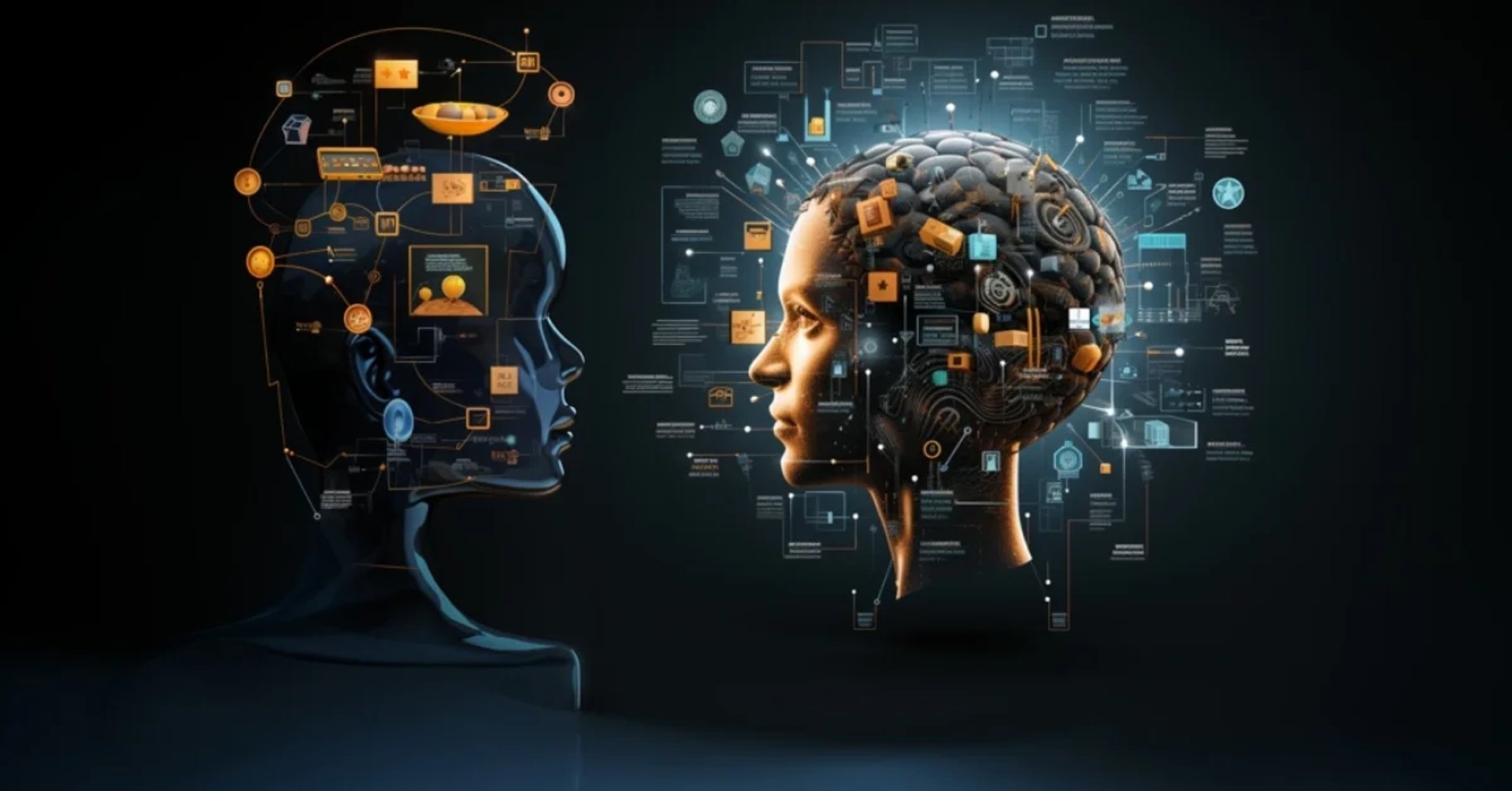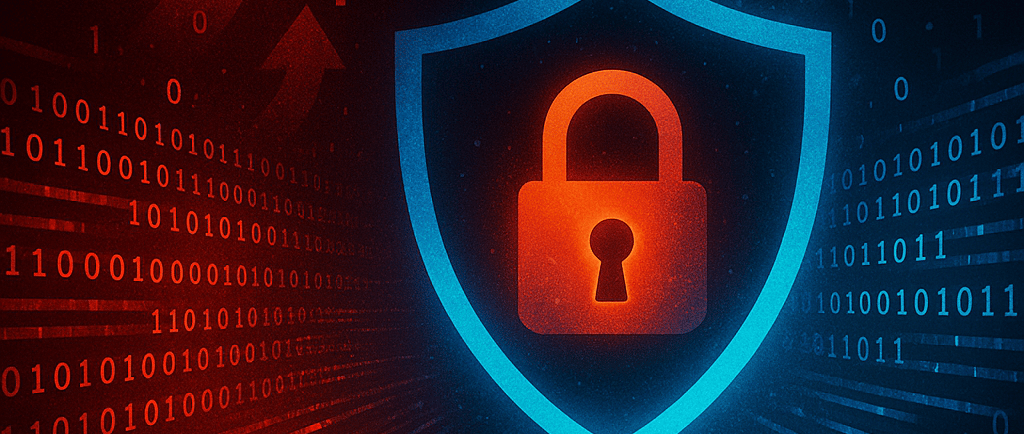
Rising Tide of CyberAttacks
This affects everyone with a digital footprint.
Shane Brown
6/20/20255 min read


The Rising Tide of Cyberattacks: Why Everyone Should Care
In today's interconnected world, cyberattacks have become an everyday reality that affects not just large corporations but ordinary individuals like you and me. With an alarming average of 2,200 attacks occurring daily, that's one attack every 39 seconds, cybercrime has evolved into an $8 trillion industry that shows no signs of slowing down. This blog aims to demystify cybersecurity threats and explain why protecting yourself online is more crucial than ever.
Understanding the Growing Threat Landscape
The digital threats we face in 2025 are more sophisticated and dangerous than ever before. Global cyber attacks continue to rise dramatically, with organizations experiencing an average of 1,876 attacks per week in late 2024, a staggering 75% increase from the previous year. Even more concerning, experts project that cybercrime losses will reach a mind-boggling $15.63 trillion by 2029.
But what does this mean for the average person? Simply put, these aren't just abstract statistics. They represent real people whose lives have been upended by cybercriminals.
AI-Powered Attacks: A New Frontier
Artificial intelligence has revolutionized many industries, but it's also empowering cybercriminals in unprecedented ways. According to Cybersecurity and Infrastructure Security Agency chief Jen Easterly, "AI will exacerbate the threats of cyberattacks through more sophisticated spear phishing, voice cloning, deepfakes, foreign malign influence and disinformation."
What makes this particularly concerning is that AI is lowering the barrier to entry for would-be cybercriminals. People with limited technical skills can now leverage AI tools to conduct sophisticated attacks that were once the domain of highly skilled hackers.
Common Cyber Threats Affecting Everyday People
Phishing: The Digital Trojan Horse
Phishing remains one of the most prevalent cyber threats, with an estimated 3.4 billion malicious emails sent daily. These deceptive messages trick recipients into revealing sensitive information or unknowingly downloading malware. What makes phishing particularly dangerous is how it exploits human psychology rather than technical vulnerabilities.
Consider this sobering statistic: nearly 1.2% of all emails sent are malicious, translating to billions of phishing attempts every day. Even more alarming, 92% of Australian organizations suffered successful phishing attacks in recent years, a 53% increase from 2021.
Ransomware: Your Digital Life Held Hostage
Ransomware attacks have seen an alarming 81% year-over-year increase from 2023 to 2024. These attacks encrypt your files and demand payment for their release, often leaving victims with few options.
Take the case of CryptoLocker, a notorious ransomware that first appeared in 2013. It spread through seemingly innocent email attachments like fake invoices. Once opened, it would encrypt files on the victim's computer and any connected drives, demanding Bitcoin payment for their release. This single ransomware strain resulted in over $3 million in ransom payments.
Identity Theft: When Someone Steals Your Digital Self
Identity theft occurs when criminals steal your personal information to commit fraud. The consequences can be devastating, from drained bank accounts and unauthorized purchases to complete identity takeover.
The statistics are alarming: as of 2023, there were 1.4 million reports of identity theft filed with the Federal Trade Commission, with total losses estimated at $10.2 billion. Even more concerning, 1 in 15 people experience some form of identity theft, with millennials aged 30-39 being the most common victims.
Real-Life Examples: When Cyberattacks Get Personal
The Twitter Takeover
In July 2020, hackers took over more than 130 Twitter accounts belonging to high-profile individuals including Barack Obama, Joe Biden, Jeff Bezos, Bill Gates, and Elon Musk. The attackers posed as these celebrities and asked followers to send Bitcoin to specific wallets, promising to double their money. Thousands of unsuspecting people fell for this scam, losing significant amounts of money.
The Colonial Pipeline Crisis
In 2021, the Colonial Pipeline, which delivers about 45% of the fuel on the East Coast of the United States, fell victim to a ransomware attack. The DarkSide hacker group infiltrated the company's systems through a leaked VPN password, stole 100GB of data, and infected computers. This attack led to fuel shortages across the eastern United States, affecting millions of ordinary citizens.
The LinkedIn Data Breach
In April 2021, hackers exposed the personal information of over 700 million LinkedIn users, more than 93% of the platform's total user base. The compromised data included full names, phone numbers, email addresses, genders, and geolocation records. This massive breach put hundreds of millions of people at risk of targeted phishing attacks and identity theft.
The Personal Impact: Beyond Financial Loss
The consequences of cyberattacks extend far beyond immediate financial damage. Victims often experience:
Emotional and Psychological Distress
The violation of privacy and feeling of helplessness can lead to heightened anxiety, fear, and loss of trust in digital platforms. As one victim described: "I have been a victim of hacking... I feel humiliated and completely devastated. I am terrified of online communication. I am always mistrusting people's intentions towards me. My brain chemistry has changed. I am going crazy."
Damaged Relationships and Reputation
Cyberattacks can tarnish an individual's reputation and relationships. Social engineering attacks or leaked sensitive content can be used to blackmail, shame, or defame victims, causing considerable harm to their personal and professional lives.
Disruption of Daily Life
In cases of ransomware or denial-of-service attacks, individuals may find themselves locked out of critical systems, affecting their productivity and disrupting daily activities. This can lead to missed opportunities, financial losses, and setbacks in both personal and professional pursuits.
Protecting Yourself: Essential Cybersecurity Measures
While the threat landscape may seem overwhelming, there are practical steps everyone can take to significantly reduce their risk:
1. Use Strong Password Protection and Authentication
Create unique, complex passwords for each of your accounts and change them regularly. Consider using a password manager to help keep track of them. Additionally, enable multi-factor authentication whenever possible. This adds an extra layer of security by requiring a second form of verification beyond just your password.
2. Be Wary of Suspicious Communications
Avoid clicking on pop-ups, unknown emails, and suspicious links. Remember this golden rule: never enter personal information in response to an email, pop-up webpage, or any communication you didn't initiate. Phishing can lead to identity theft and is the entry point for most ransomware attacks.
3. Secure Your Devices
Install reputable anti-virus software on all your devices and keep it updated. Set passwords, gestures, or biometric authentication to unlock your devices. Consider enabling remote locking or wiping functions in case your device is lost or stolen.
4. Keep Software Updated
Routinely update the operating systems and applications on all your devices. Consider turning on automatic updates so this happens in the background without requiring your attention. These updates often contain critical security patches that protect against newly discovered vulnerabilities.
5. Use Multi-Factor Authentication
For an extra layer of security, implement multi-factor authentication (MFA) on your important accounts. This might involve receiving a code on your phone when logging in or using an authentication app. MFA significantly reduces the risk of unauthorized access even if your password is compromised.
The Cost of Inaction
The financial impact of cybercrime is projected to reach $1.2 trillion annually by the end of 2025. This includes:
Direct financial losses: $150-250 billion per year
Business downtime and lost productivity: $500 billion to $1 trillion per year
Brand reputation damage: $100+ billion per year
Nation-state attacks and economic disruptions: $200+ billion per year
For individuals, the costs are equally devastating. Victims of identity theft are left with out-of-pocket losses amounting to $1.7 billion annually. Americans are 50% more likely to be victims of identity theft, with numbers doubling the global average.
Conclusion: Cybersecurity is Everyone's Responsibility
As we navigate an increasingly digital world, cybersecurity can no longer be an afterthought. It must become an essential part of our daily lives. The threats are real, sophisticated, and growing more dangerous by the day.
By understanding these risks and implementing basic security measures, you can significantly reduce your chances of becoming a victim. Remember that cybersecurity isn't just about protecting your devices or data. It's about safeguarding your financial well-being, personal relationships, mental health, and overall quality of life.
The digital world offers incredible opportunities and conveniences, but it also comes with responsibilities. Taking proactive steps to protect yourself online isn't just prudent, it's necessary in today's threat landscape.
Stay vigilant, stay informed, and stay secure.
Innovate
Building websites and securing your digital presence.
Connect
Support
Info@sinistergatedesigns.com
© Sinister Gate Designs, LLC 2025. All rights reserved.
